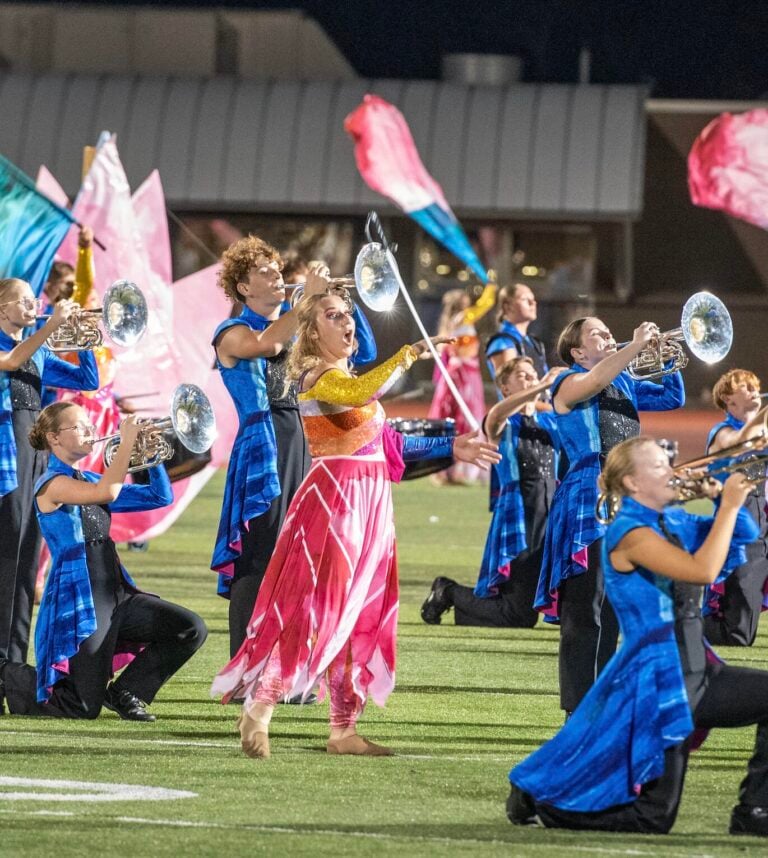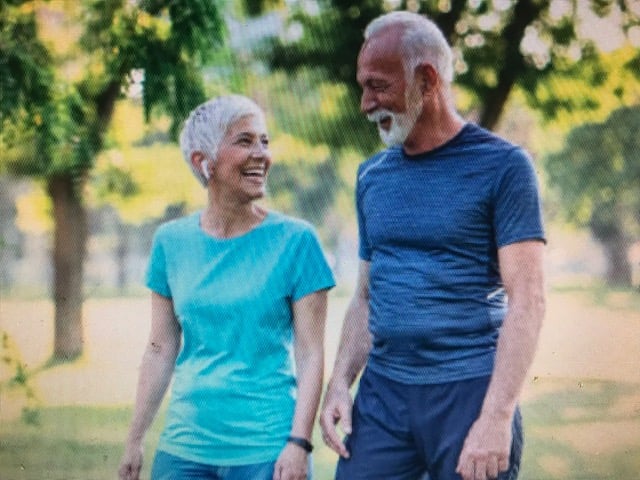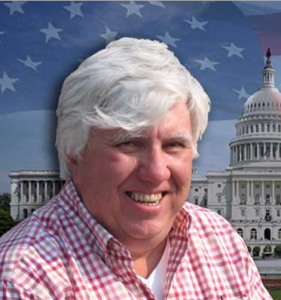As cool weather sets in, the hours of daylight shorten and the leaves turn colors, we are drawn to campfires, in celebration of autumn.
The flames are hypnotic and magical, as they dance into the cool night air. From ancient times a fire has always radiated a feeling of warmth and security.

In our busy modern world, gathering around a campfire is a stress reliever — a primal act that can have a calming effect. There’s no better way to end a hectic day than socializing outdoors around a campfire with family or friends.
For many deer hunters, a ceremonial campfire the night before opening day of gun season, is an annual event.
A campfire can be as basic or involved as you want it to be. It’s a matter of personal choice — how much you want to spend, how much effort you want to put into it, and where the campfire is going to be located.
If you live in a rural area, you can probably have a campfire anywhere you want, but if you are close to town in a subdivision, check with your homeowner’s association to determine if fires are allowed. If you live within the city limits of a town, check local ordinances to see if open fires and/or fire pits are permitted. Also, make sure burn bands are not in effect for your county during periods of drought.
Real wood fires are from built from logs, chunks and sticks of maple, oak, hickory and other hardwoods.
Campfire location and construction
Choose a safe location for your outdoor fire.

Locate it on level ground at least 25 feet away from your house, garage or shed. Avoid low hanging tree limbs or locating your fire too close to nearby combustible materials such as wood piles or compost bins.
If you are in a subdivision or in town, don’t place your fire close to any property lines. Think about your neighbors. Are prevailing winds going to blow smoke into the back of your neighbor’s house or backyard. Practice over-the-fence diplomacy.
Make sure there’s enough room around the fire for chairs or benches.
The backyard or side yard, between the house and the garage is a good choice because you’ll have access to electricity for a string of party lights.
Preparing the site
Adequately prepare the site for your fire, either in a free-standing metal fire pit or stone fire pit built above or below ground.
Make a solid, even base. This can include a circle of fire proof bricks, or a circle of gravel.
If you are preparing a site for a free-standing metal fire pit, use a shovel to remove the sod, and fill in the base with about 4 to 6 inches of gravel. A layer of landscape fabric below the gravel will prevent grass and weeds from growing up through the gravel.
Campfire options

The free-standing metal fire pit is a popular option for several reasons. They are inexpensive, easy to maintain (just dump out the ashes), and relatively durable. These metal fire pits will last several seasons and the fire is off the ground so it draws well for a quick start.
They are typically about three feet in diameter, about two feet tall, made of steel construction with black high temperature paint, and include a spark screen and poker.
Stone fire pits are the best option for a permanent site, and are ideal for patios.
Be prepared to spend a bunch of money for kits, which are available from many sources, local and online, for $300 and up. Some stone fire pit kits include metal inserts with grates for grilling steaks, burgers, chicken or fish over the open fire, or cooking in iron skillets or Dutch ovens.
A second option is a do-it-yourself construction. Study up on construction and obtain stone and other masonry materials locally. Cut stones and/or fire proof bricks are a good choice.
Lighting the fire
To build a campfire that will start quickly, make a bed of wadded up paper and/or wood shavings, and small dry twigs, inside a circle of logs. Add larger sticks or chunks of wood as the fire builds in strength.
It’s okay to put a couple of squirts of charcoal lighter fluid on your prepared bed of sticks and paper before lighting, but never start a campfire with gasoline.
If you don’t have access to free wood, farmers markets that continue into the fall, flea markets and some grocery stores and home improvement stores sell bundles or bags of wood.
Always extinguish your fire or hot embers before turning in for the night.
Campfires are warm and comforting. It’s the perfect end to a beautiful Indian Summer Day, at the peak of fall foliage.






















